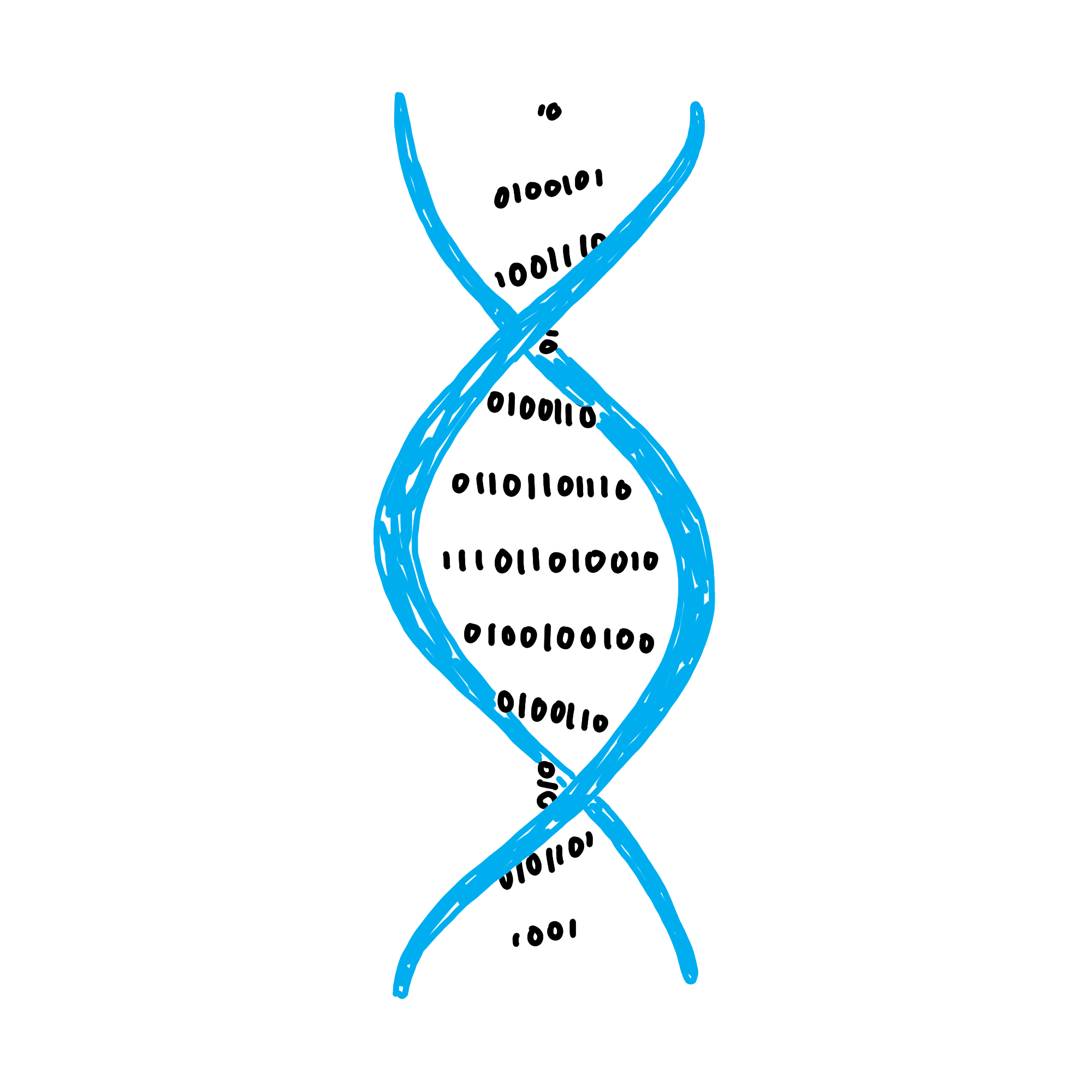
TYPES OF GENE EDITING
CRISPR
Clustered regularly interspaced short palindromic repeats, also known as CRISPR, is a very popular way of gene editing. The application of CRISPR is much faster, cheaper, and more accurate than the other techniques of gene editing, which is why it is one of the most popular techniques to use.
It allows geneticists and medical researchers to be able to remove, add, or alter parts of a DNA sequence.
One way CRISPR works is by using an enzyme called Cas9. Cas9 acts like a scissor to cut the DNA strand at a specific location which is then allows the scientist to be able to add or remove DNA strands.
Another way CRISPR works is by using guide RNA. It works by using a small piece of a pre-designed RNA to bind to the DNA and then using the gRNA, guide RNA, to guide the Cas9 enzyme to the right part of the gene to make an accurate cut at the genome. B1

TALEN
TALEN, or Transcription activator-like effector nucleases, is a widely used form of technology for a efficient way of editing the genes of living cells. They are made with restriction enzymes that can be engineered to be able to cut DNA at a specific point.
A single TALEN consists of 17 or more tanen repeats each made up of 34 identical amino acids. Follows the TALEN strand is a amino acid space region which connects the TALEN to
a restriction endonuclease. This strand of TALEN is bined to one side of the DNA sequence.
On the other side of the DNA sequence of another TALEN chain with a slightly different sequence.
With the two restriction endonuclease on each side of the DNA strand, the two causes a break within the DNA sequence, separating the DNA strand into two.B2
Epigenome is a way of gene editing. Although it does not change the DNA sequence, it affects the gene's activity.
Epigenome works by adding a chemical to the DNA sequence. The chemical that is used in this process, do not attached to the DNA itself but instead, it remains on top of the DNA.
This process can help determine if the gene is turned on or off and can influence the production of proteins in certain cells, ensuring that only the necessary proteins are being produced in the cell. B3


